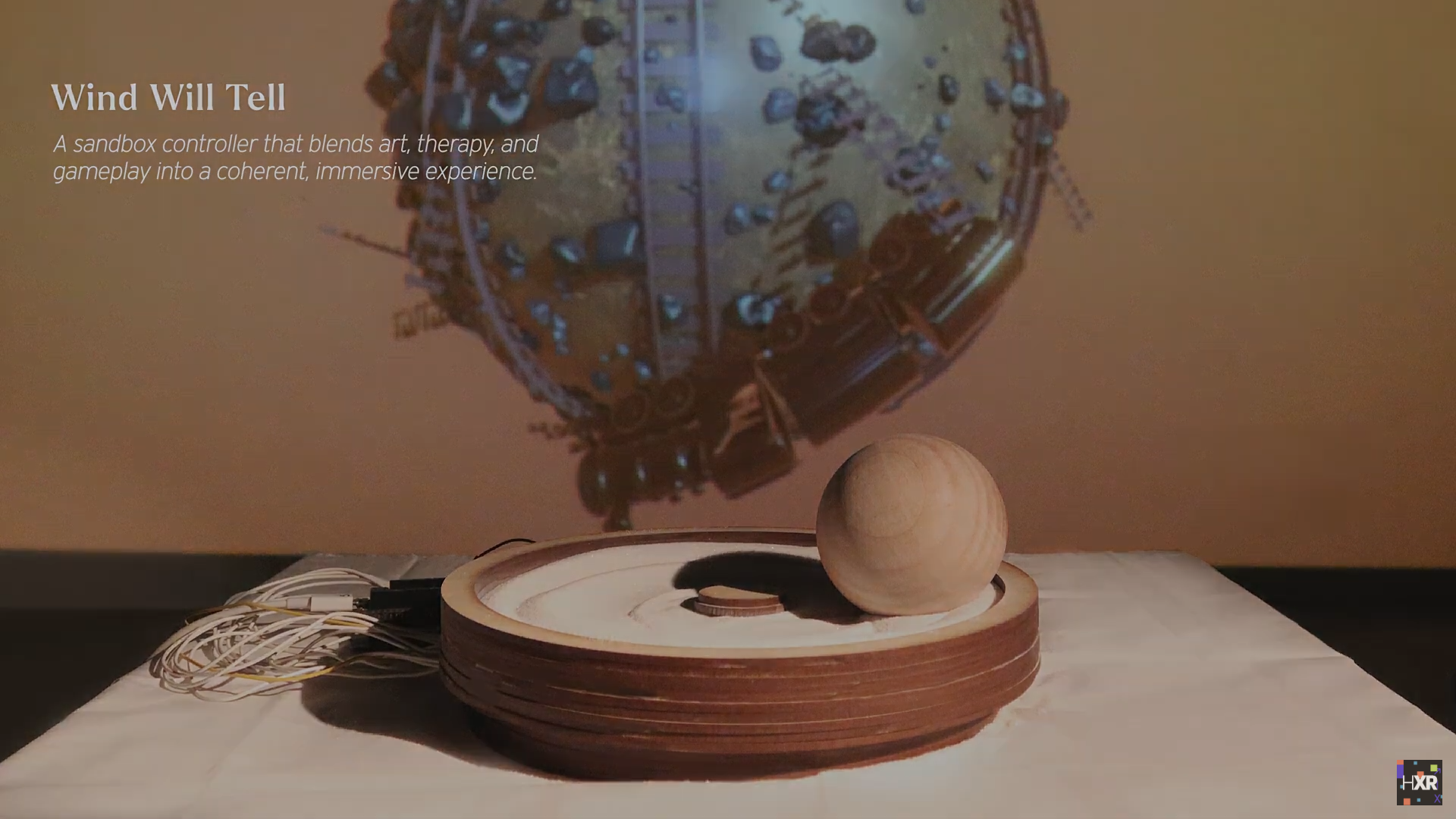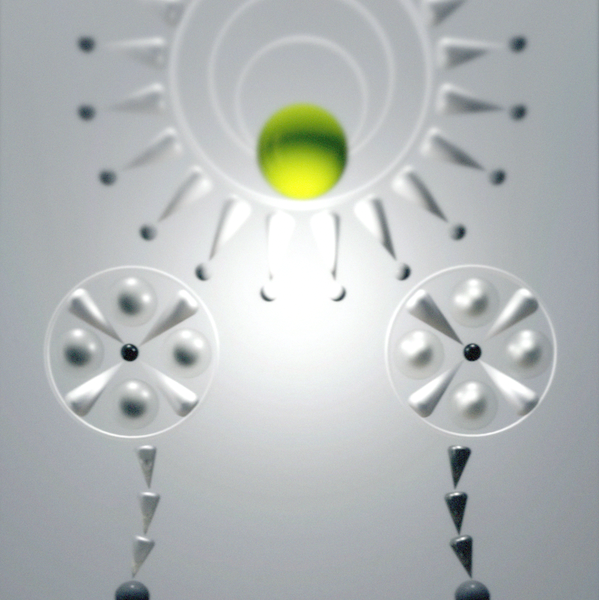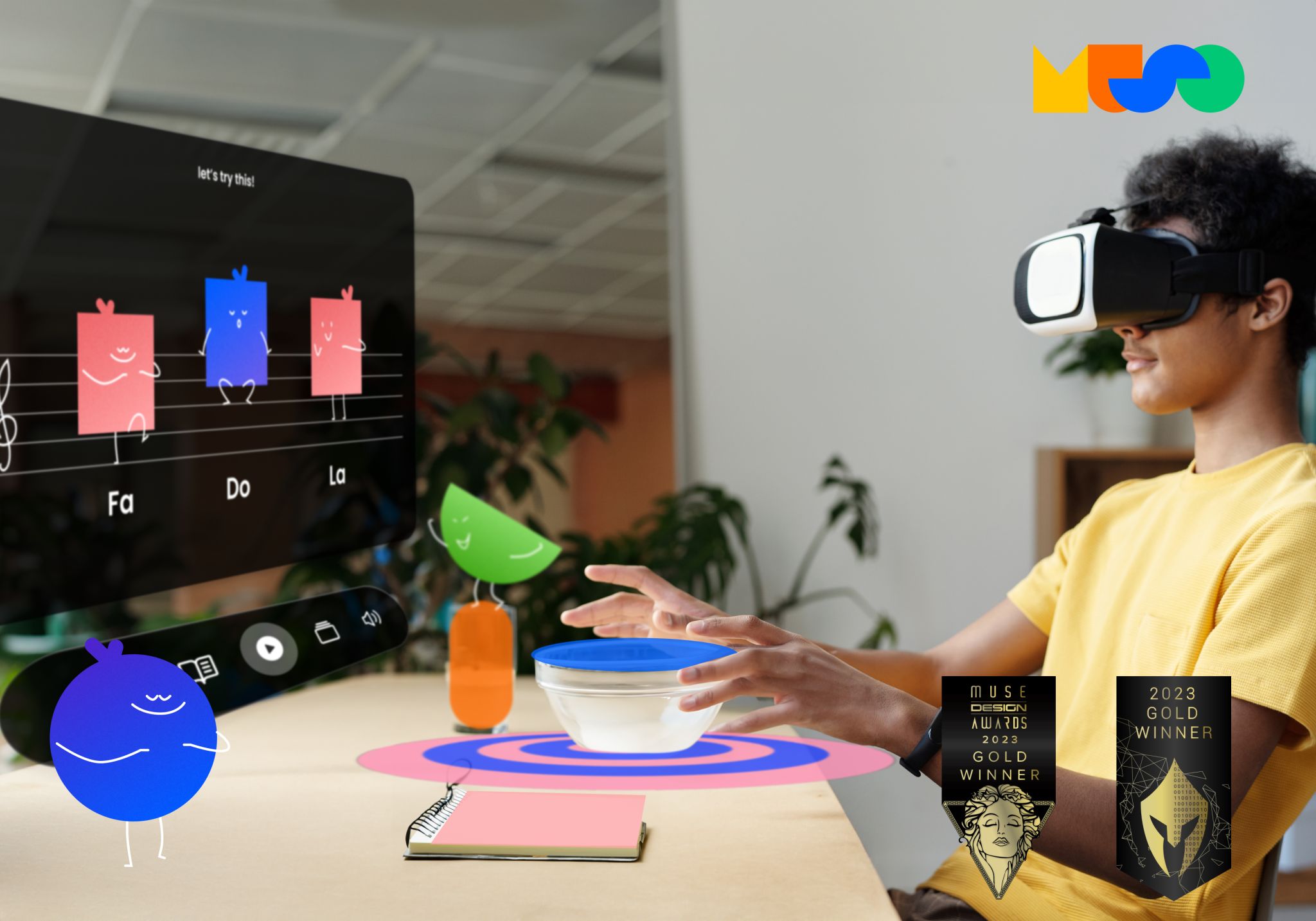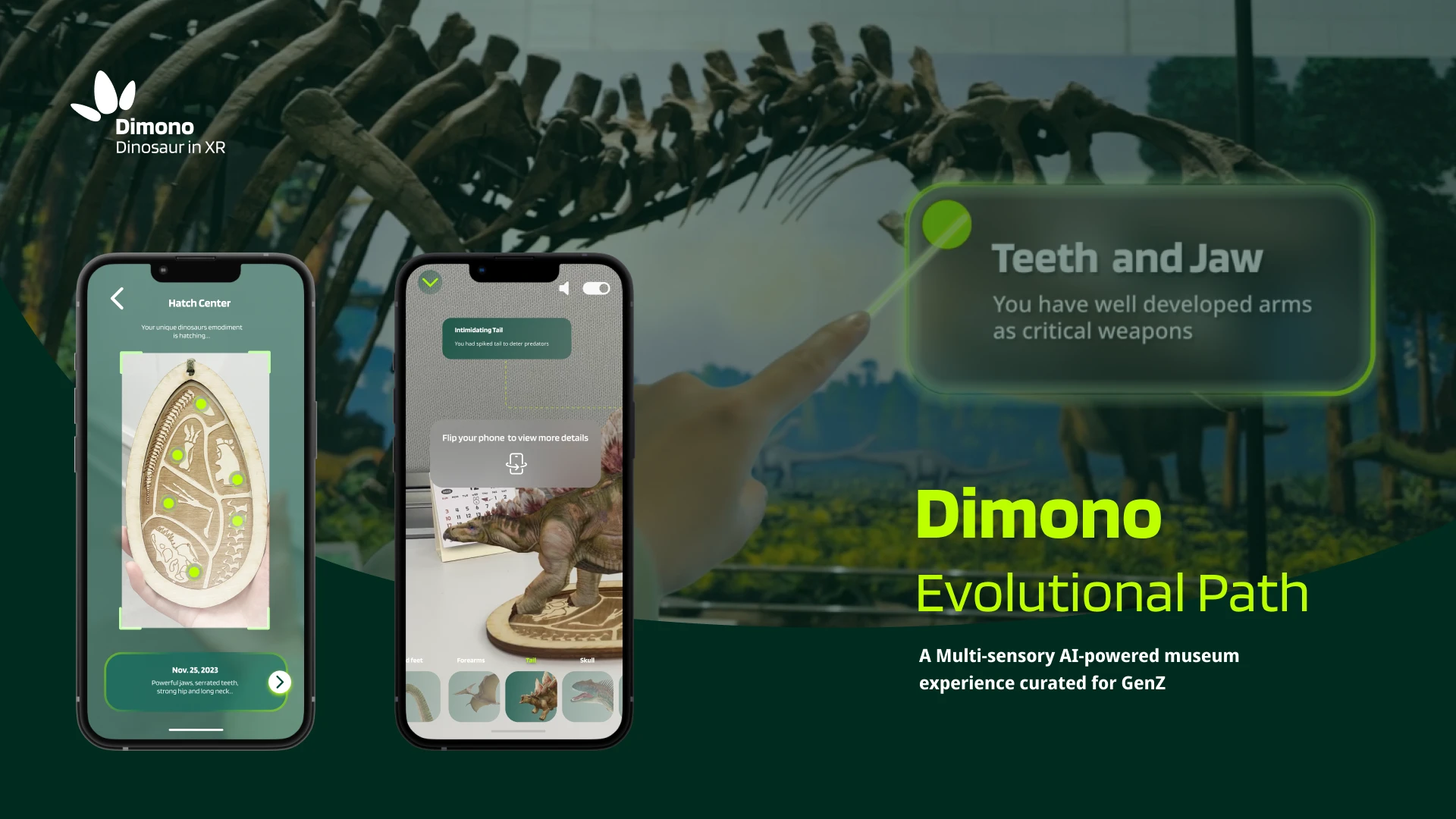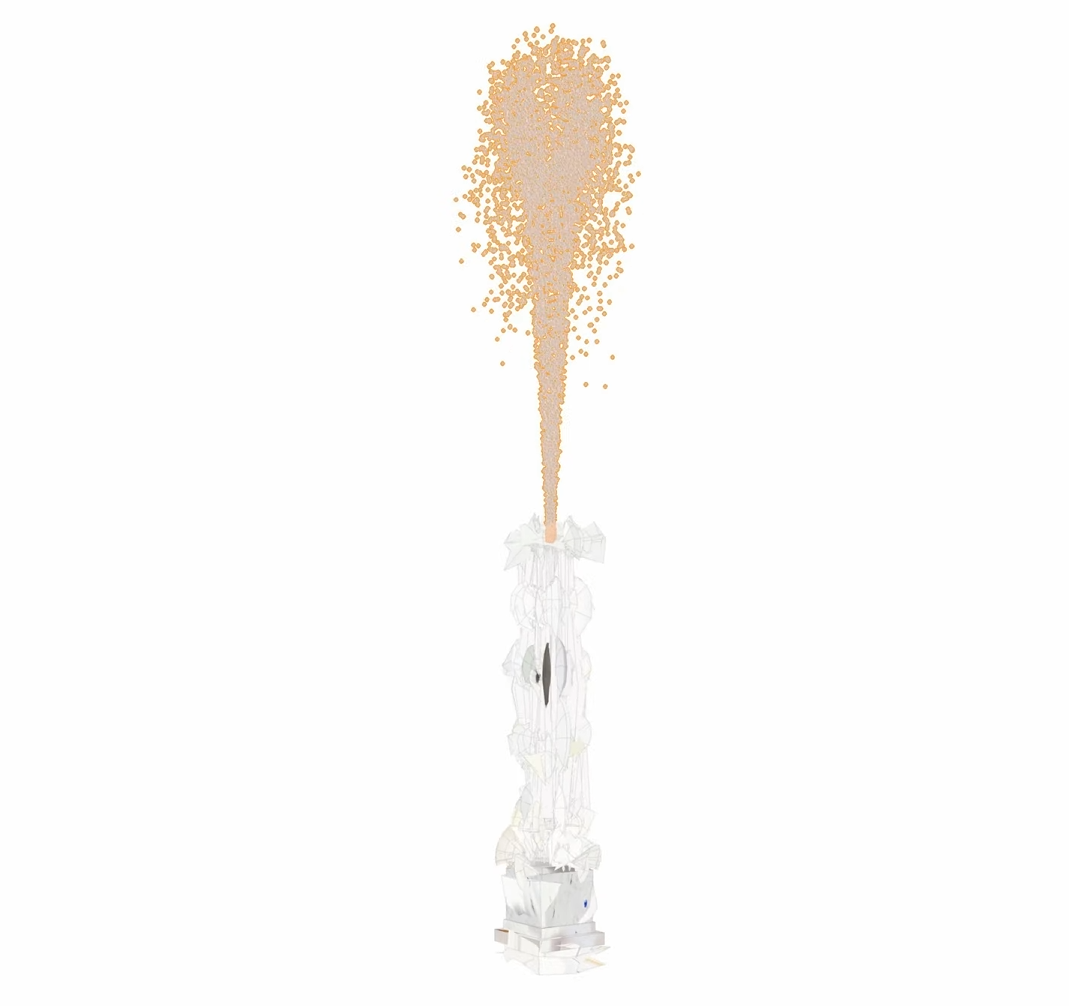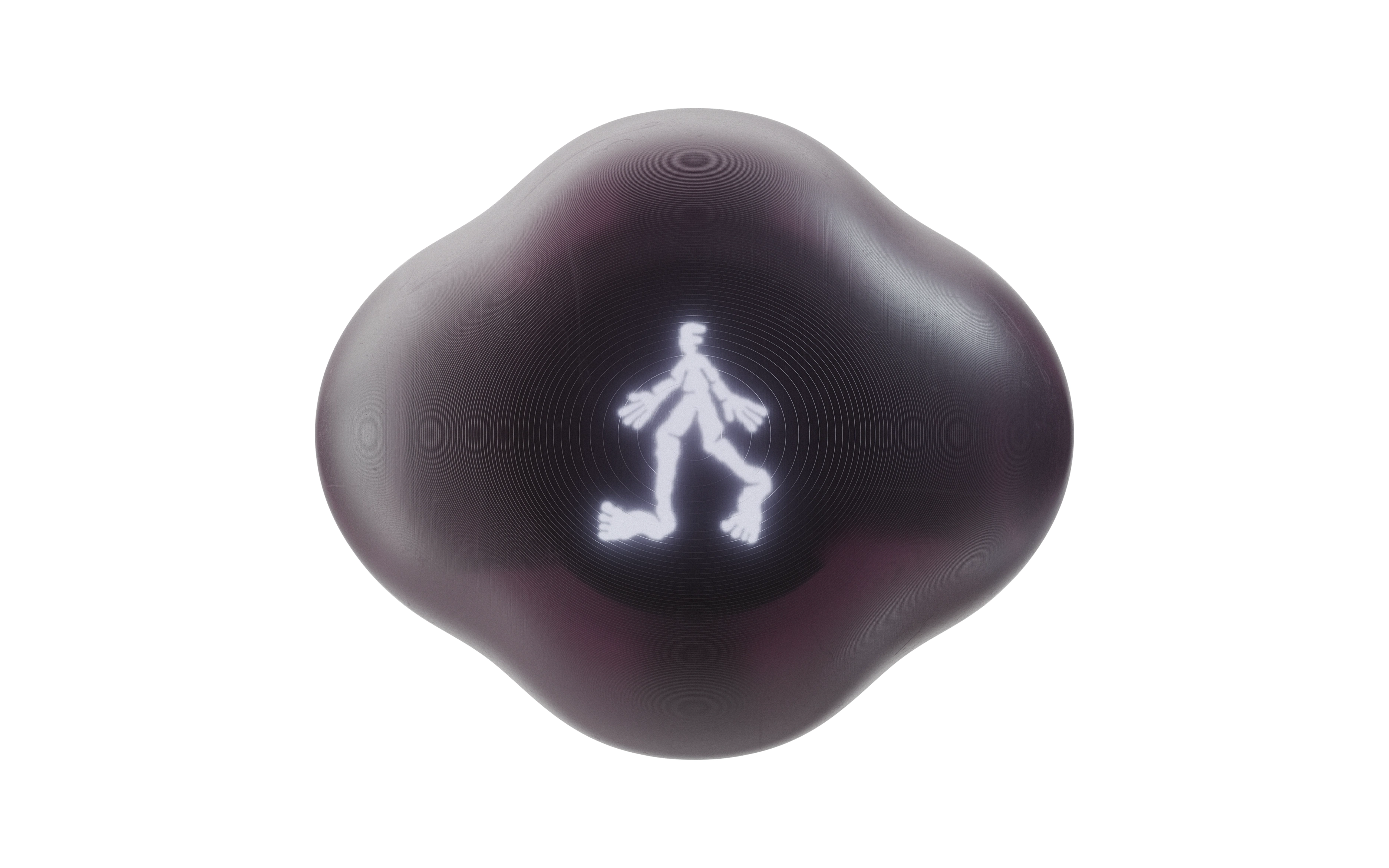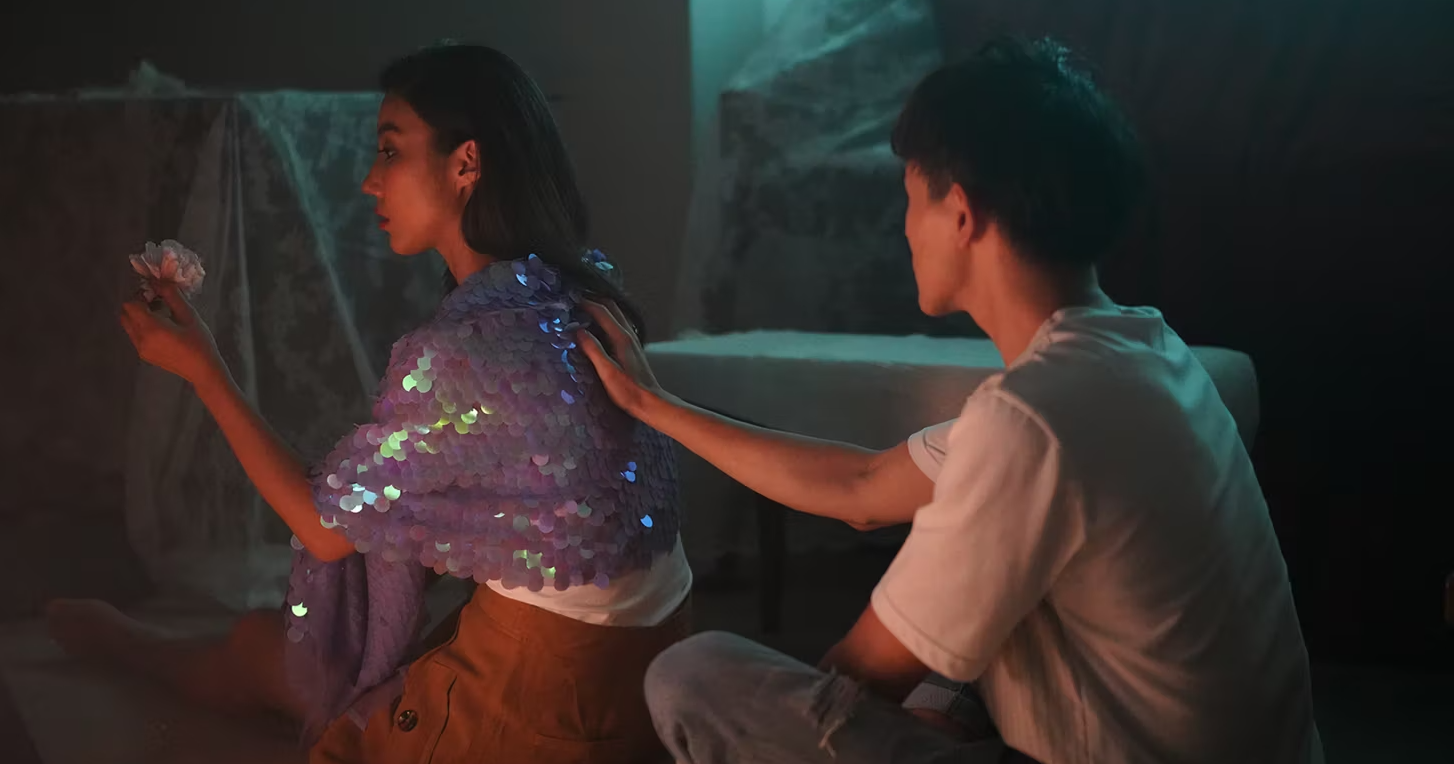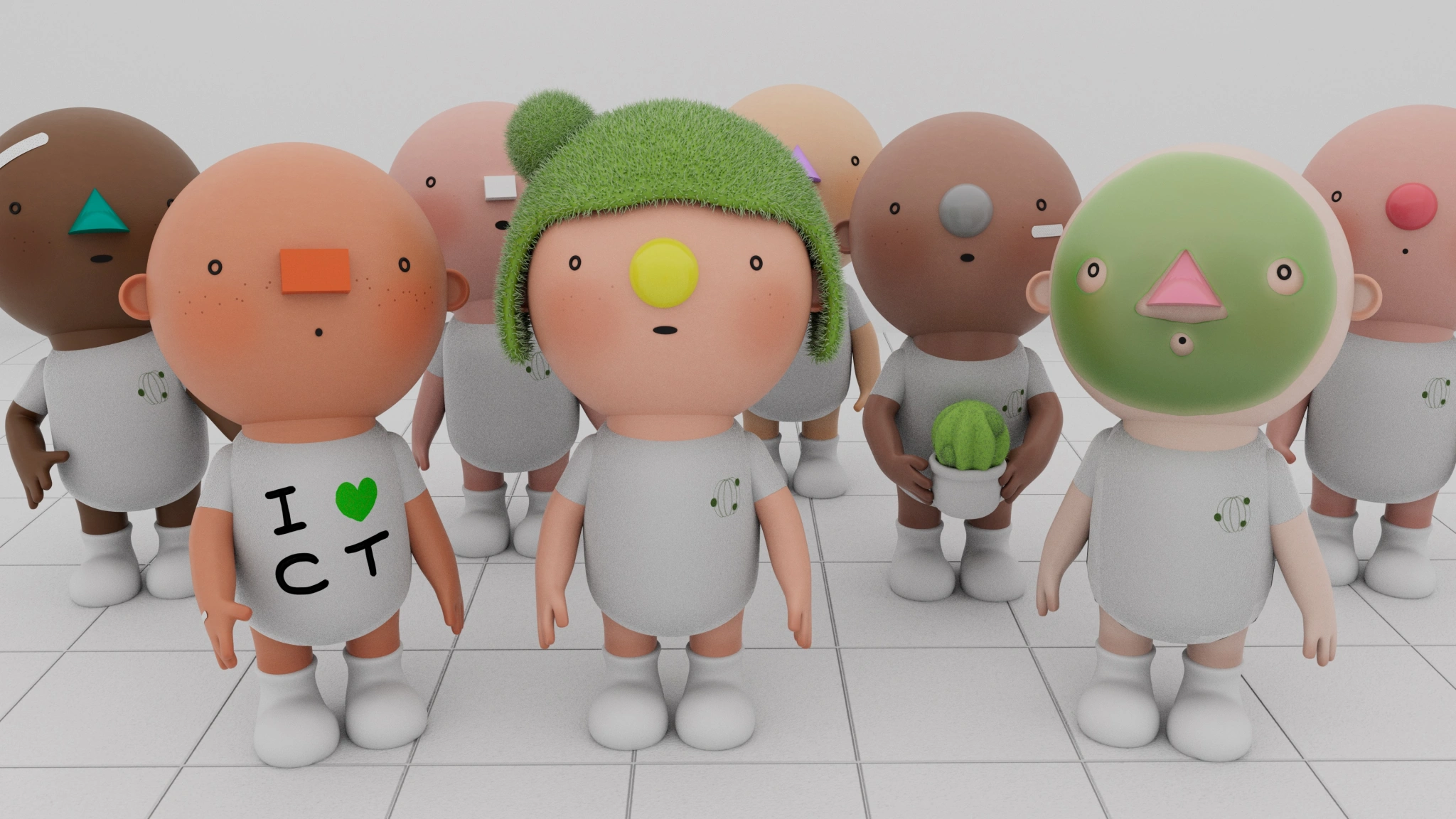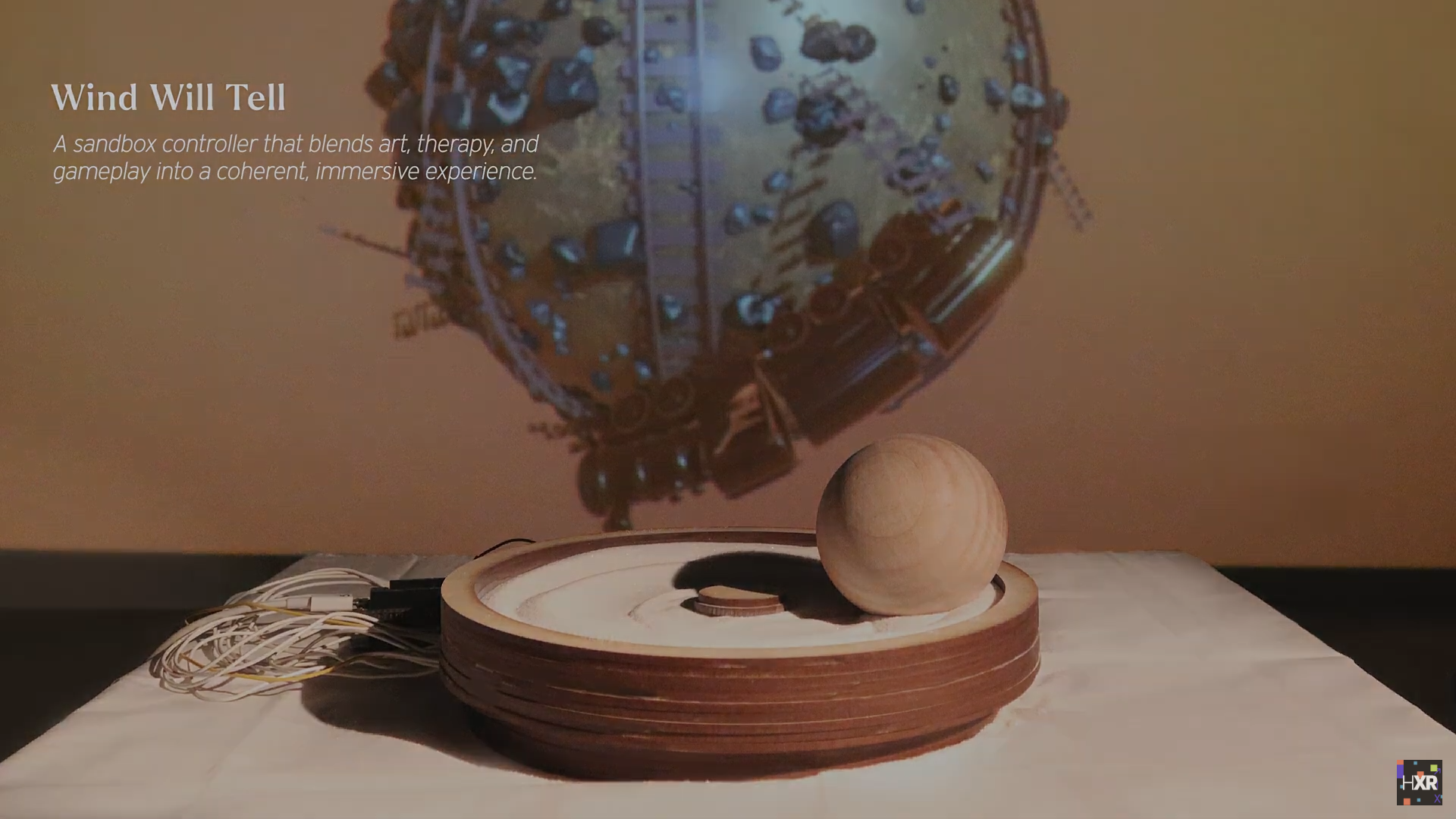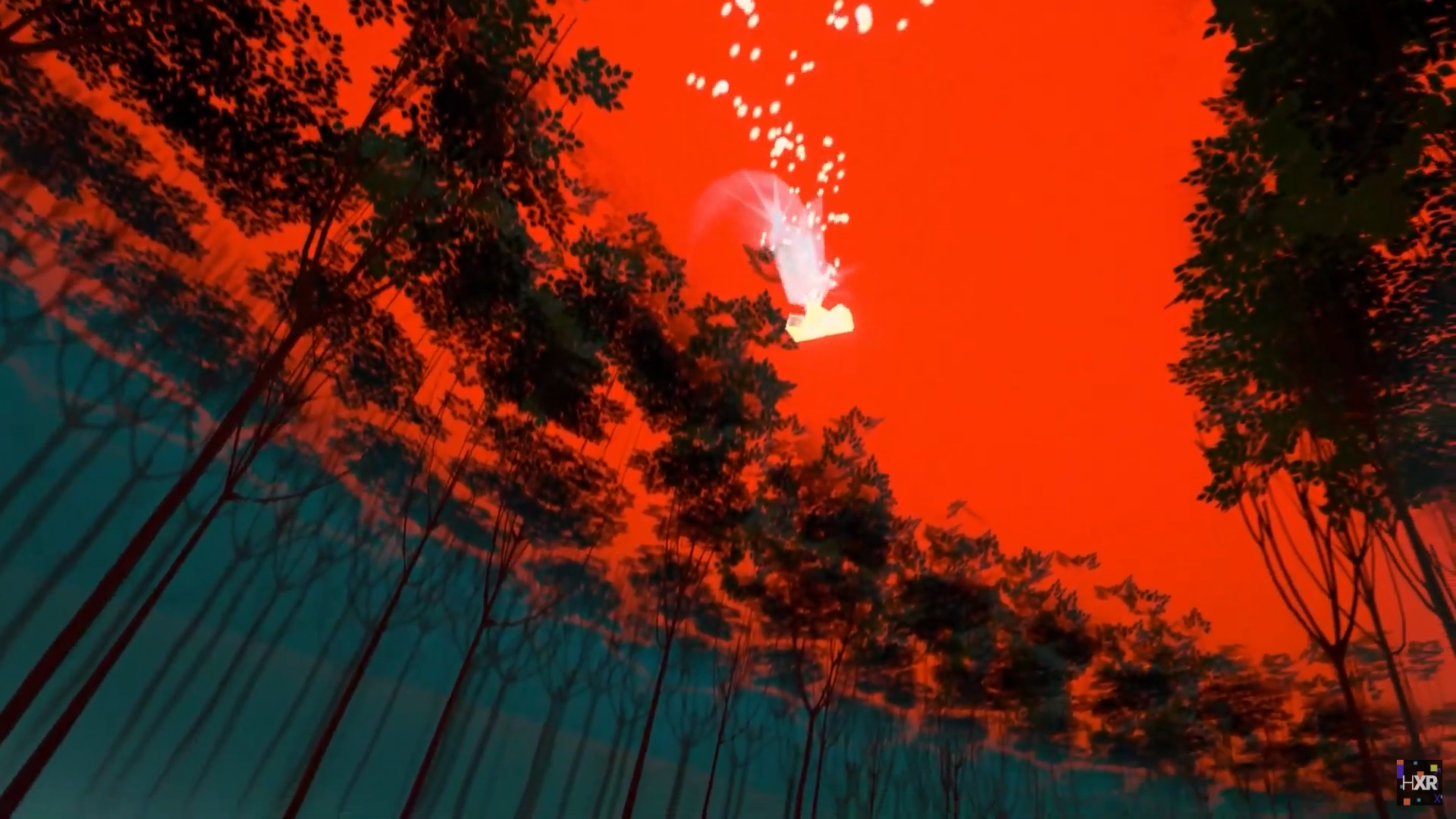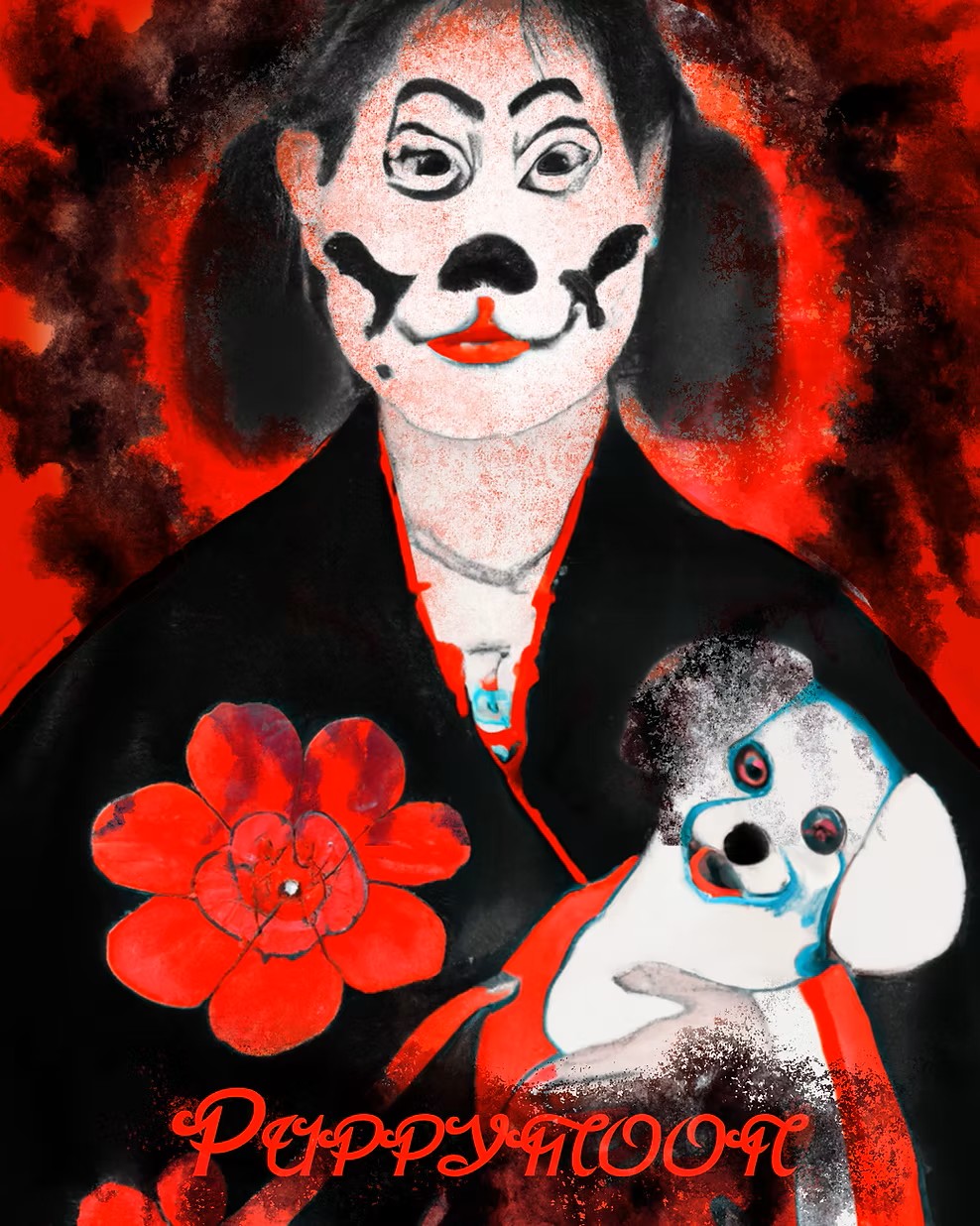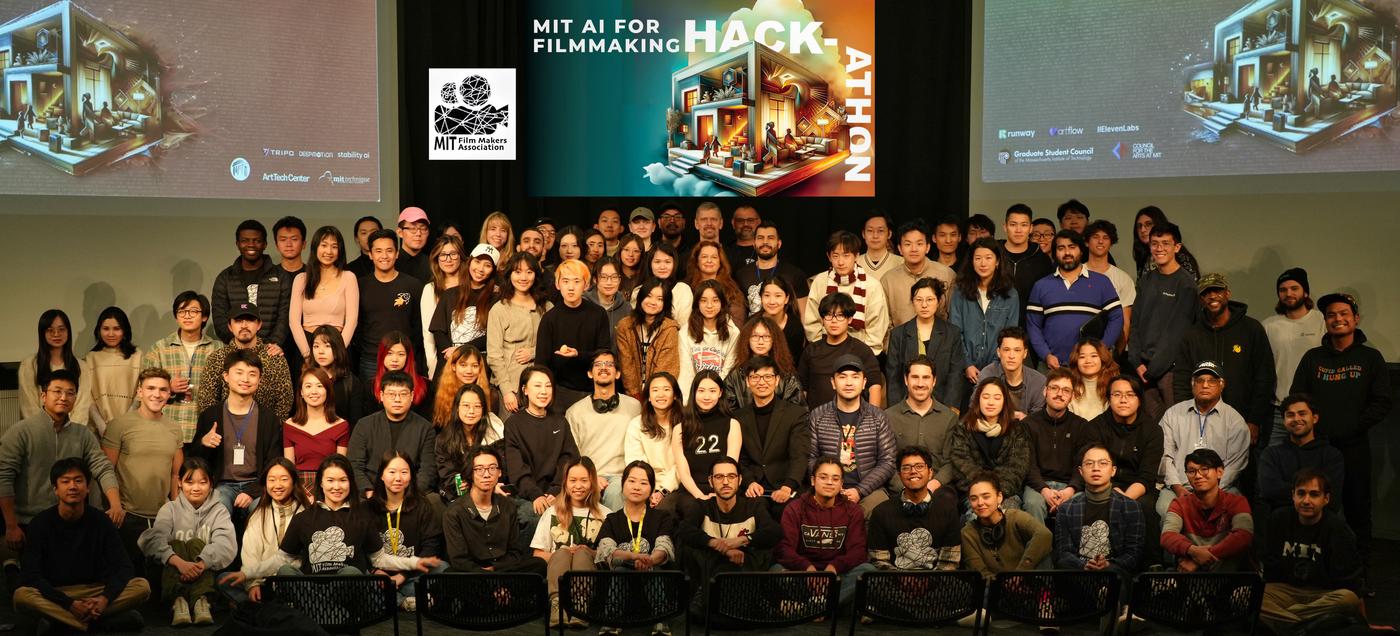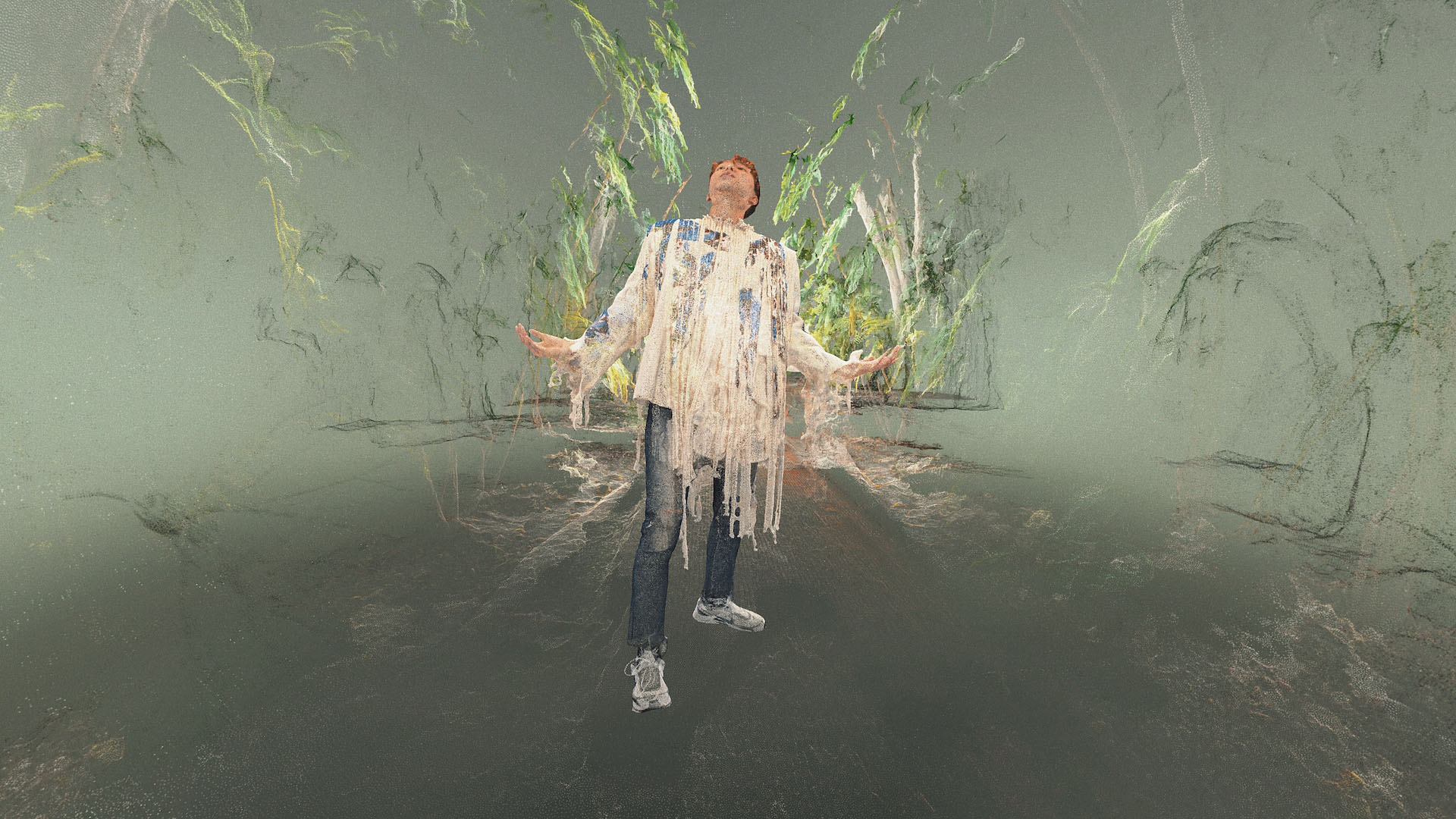Wind Will Tell
Wind Will Tell began as a collaborative therapy game designed for children, offering calm, low-stimulus environments and tactile interactions that encouraged a state of flow. Using Unity and Arduino, the project grew into a sandbox-based alternative controller, where the simple act of rolling a ball clockwise or counterclockwise in the sand guided the player’s movements.

As the work evolved, its scope expanded beyond childhood therapy to invite players of all ages to slow down, breathe, and reconnect with themselves and their surroundings. By emphasizing immersive and embodied play, Wind Will Tell fosters moments of presence and self-reflection, countering the overstimulation of contemporary digital culture.

In March, the project was showcased at alt.ctrl.GDC, where it received valuable feedback on deepening the sense of immersion. Building on this, a VR prototype was developed for Meta Quest, though the rotational movement introduced motion sickness that conflicted with the project’s meditative goals. This challenge—how XR can support calming, embodied experiences without discomfort—remains a central question driving the next phase of Wind Will Tell.

